<Back to Index>
- Engineer and Entrepreneur Antonio Franco Lago, 1893
- Race Car Driver and Engineer Luigi Storero, 1868
- Race Car Driver and Entrepreneur Alejandro de Tomaso, 1928
- Engineer and Businessman Edoardo Weber, 1889
PAGE SPONSOR
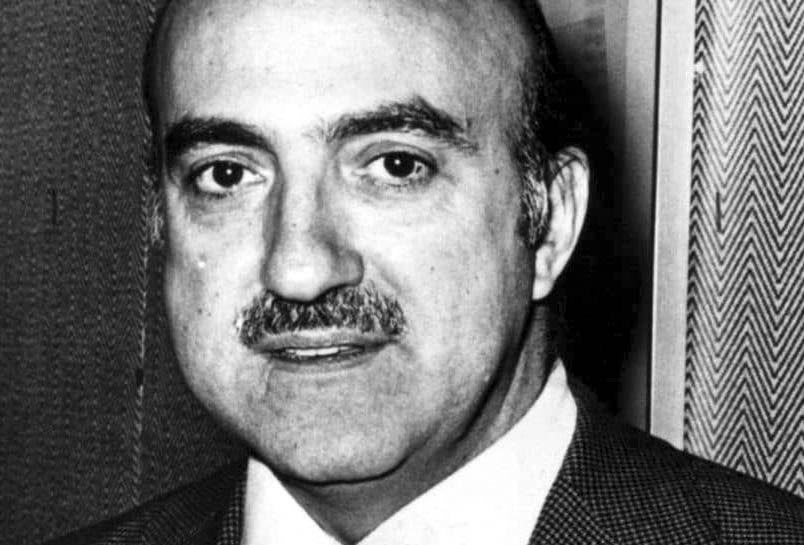
Antonio Franco Lago, known as Anthony Lago or Tony Lago, (28 March 1893 - December 1960) was an Italian engineer and motor industry entrepreneur. In 1934 he bought the French branch of Automobiles Talbot from the collapsed Anglo - French 'Sunbeam - Talbot - Darracq' combine and thus founded the marque Talbot - Lago.
The French government awarded him the Legion d’Honneur for the glory he brought to France.
Lago was born in Venice in 1893 but the family moved to Bergamo where his father was manager (or owner) of the municipal theater. He grew up in the company of actors, musicians and government officials, developing relationships with leaders such as Pope John XXIII and Benito Mussolini. He graduated in engineering from the Politecnico di Milano.
In 1915 he joined the Italian Air Force where he achieved the rank of Major during the First World War.
A founder member (one of the first 50) of the Italian National Fascist Party, he became outspokenly critical of fascism which lead to a violent dispute with Benito Mussolini necessitating his subsequent fleeing to France. In an era of volatile politics he always carried a hand grenade. In 1919 three members of the fascist youth entered a trattoria looking for him but as they shot the two owners he threw the grenade and ran out the back door. One of the fascists was killed and Lago fled to Paris, reportedly never returning to Italy.
Lago worked for Pratt and Whitney in Southern California before settling in England in the 1920s where he changed his name to Anthony and represented Isotta - Fraschini plus becoming the technical director of 'L.A.P. Engineering'. He then became director of 'Self - Changing Gears Ltd' owned by Walter Gordon Wilson and John Davenport Siddeley which manufactured Wilson pre-selector gearboxes (or he negotiated marketing rights), and persuaded 'Sunbeam Talbot Darracq' and others of its merits.
Lago was a ruthless businessman with great charm. During the 1920s the antiquated Talbot factory in Paris had overspent on Grand Prix racing, but Lago convinced Sunbeam - Talbot - Darracq, the British parent, that with him as director it could be back on its feet in 18 months. They paid his salary whilst he transformed the company and they also agreed to share any profits from the sale. His three pronged rescue plan for Talbot involved reducing expenses; building light sporting cars; and using racing for development and publicity. He insisted that the racing cars were closely related to Talbot - Lago production models.
In 1933 he moved to France and when, in 1934, Sunbeam - Talbot - Darracq were planning closure he managed to convert the Wilson gearbox license into an option to purchase the Talbot factory at Suresnes after two years. At a cost of £63,000 he founded the Talbot - Lago marque (SA Automobiles Talbot).
In 1934 Walter Becchia (the designer of the Citroen 2CV's flat twin engine) produced the Talbot - Lago T150 model and then Lago creatively organized its promotion. In June three cars, painted in the French Tricolor of red, white and blue, were entered in a Concours d'Elegance in the Bois de Boulogne and driven by well known female racing drivers wearing tailored outfits that matched the cars. The following weekend the same cars and ladies were presented to the French motoring industry at the Prince of Wales hotel, followed by another concours sponsored by a Paris newspaper. Sales were slow due to French recession and lack of racing success so Lago found a unique new publicity niche, covering 100 miles in one hour at the Autodrome de Linas - Montlhéry.
Capitalizing on the company's success in sportscar racing Lago announced plans to build a 3 liter V16 engined car for the 1938 Grand Prix season. He showed the blueprints to the Comité de la Souscription Nationale pour le Fonds de Course (a government body that used public money to try to achieve success in motor racing) and received a 600,000 franc subsidy, but the V16 never appeared and it was believed that he used the money to build a factory for Pratt & Whitney aircraft engines.
Despite going into receivership four times, Lago kept the business running until 1958 when he sold it to Simca.
Antonio Lago was awarded the Legion d’Honneur by the French government for the glory he brought to France on the race course. He died in Paris in December 1960.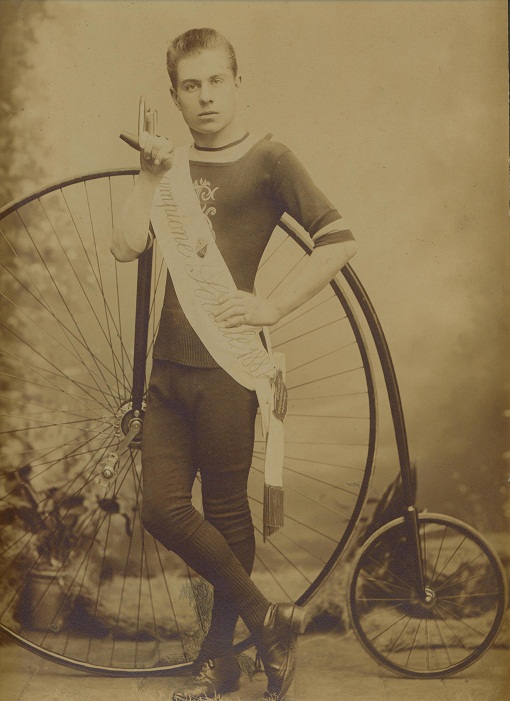
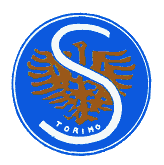
Luigi Storero (18 October 1868 - 1956) was an Italian racecar driver and engineer from Torino.
He joined his father, Giacomo Storero's company (established 1850), which in 1884 started making bicycles. Luigi Storero was a winner of bicycle races in 1887, and was involved in the selling of foreign makes. A workshop was set up in Corso Valentino.
However, he is known mostly for automobile racing. He won the 1898 Torino - Asti - Alessandria in a De Dion Bouton tricycle. In 1899 he used this car to win Brescia - Cremona - Mantua - Verona. Along his hometown friends Giovanni Agnelli and Carlo Biscaretti di Ruffia, Luigi Storero raced his own make, the Phénix 1.75HP tricycle; he win the 1899 Piacenza - Cremona - Borga - Cremona race. Among the engineers in Storero's workshop was the very young apprentice Alessandro Cagno.
Driving Agnelli's Fiat 12HP, Storero won the Saluzzo Sprint in 1901 and the Targa Rignano 1902. In 1905 he established the Società garage Ruiniti Fiat-Alberti - Storero, a Fiat garage that was taken over by Fiat in 1908. He left in 1910 and established the Storero Fabbrica Automibili carmaker in via Madame Cristina, active in the period 1912-19.
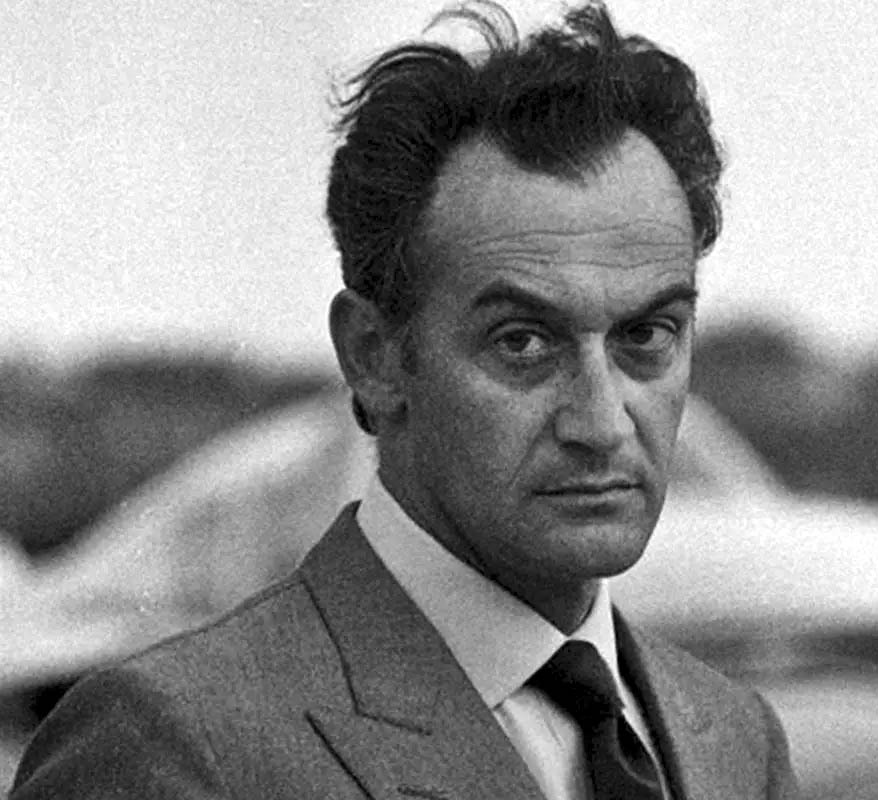
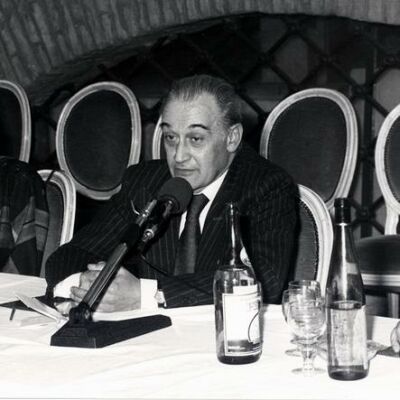
Alejandro de Tomaso (July 10, 1928, Buenos Aires - May 21, 2003, Modena, Italy) was a racing driver and industrialist from Argentina. His name is sometimes seen in an Italianized form as Alessandro de Tomaso. He participated in two Formula One World Championship Grands Prix, debuting on January 13, 1957. He scored no championship points.
Despite his Formula One career, de Tomaso was much more significant in the motoring world as a maker of cars. He founded the Italian sports car company De Tomaso Automobili in 1959, and later built up a substantial business empire.
Born in Argentina of a prominent political family, de Tomaso fled in 1955 to Italy – from where his paternal grandfather had emigrated – in his late twenties, after being implicated in a plot to overthrow the Argentinian president, Juan Perón. He settled in Modena and started his career in the car industry as a racing driver for Maserati and O.S.C.A. having married Isabelle Haskell, an American heiress who also raced cars.
In 1959 he founded the De Tomaso car company in Modena, originally to build prototypes and racing cars, which included a Formula One car for Frank Williams' team in 1970. De Tomaso then turned to high performance sports cars, most of which used aluminum backbone chassis, which were to become the company's technical trademark. De Tomaso cars include the two-door, mid - engined Vallelunga, Mangusta and Pantera; the Deauville, a four - door saloon resembling the Jaguar XJ6; and the Longchamp, a two-door coupé version of the Deauville which later formed the basis of the Maserati Kyalami. De Tomaso's most recent product has been the Guarà, a two - door sports car with a carbon fiber bodyshell.
During the 1960s and 1970s, de Tomaso acquired a number of Italian industrial holdings. As well as the Ghia and Vignale coachbuilding studios, he gained control of the Benelli and Moto Guzzi motorcycle firms, the Innocenti car company (founded as an offshoot of the British Motor Corporation to build Minis in Italy), and, in 1975, the celebrated sports car maker Maserati, which he rescued from bankruptcy with the assistance of the Italian government. Over time, however, he sold many of his holdings; Ghia was sold to Ford (who would make much use of the name) in 1973; Innocenti and Maserati were sold to Fiat (which promptly closed the former) in 1993. De Tomaso suffered a stroke in 1993, and the day - to - day running of the De Tomaso company passed to his son Santiago.
He helped in the engineering of the sports version of the fourth generation Daihatsu Charade, introduced in 1994, which was known as the Daihatsu Charade De Tomaso.
Alejandro de Tomaso died in Italy in 2003.

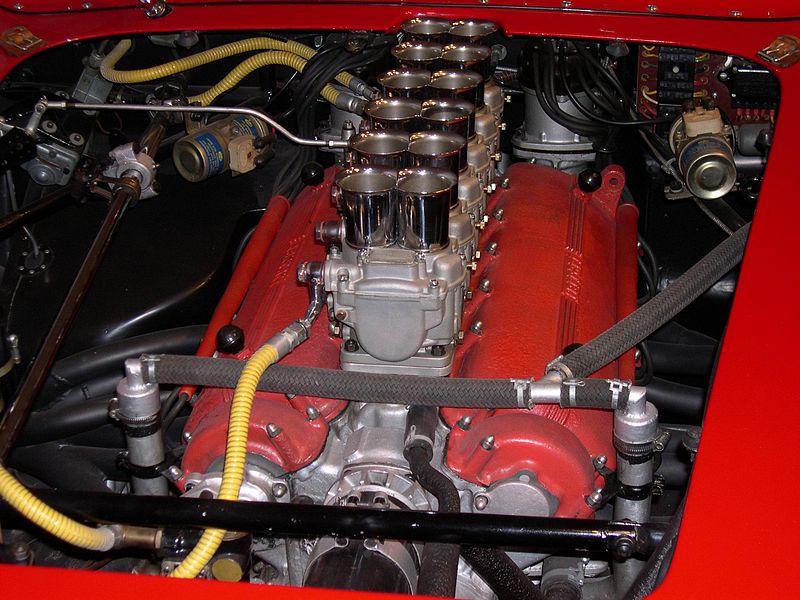
Eduardo Weber (29 November 1889 - 17 May 1945) was an Italian engineer and businessman, famous for creating the Weber carburetor.
He was born in Torino to a Swiss father and mother from Piemonte. After graduating in mechanical engineering from the Università degli Studi di Torino (1913) he moved to Bologna to work for Fiat. He was a tutor to Amédée Gordini and, at Mugello, he raced a Fiat 501 to third place on 13 June 1920.
His work to remedy high gasoline prices resulted in the first Weber carburetor, a "sidedraft, double - throat ... bolted to a Weber designed overhead - valve/supercharger conversion for the 501 Fiat". In 1923 he established the Fabbrica Italiana Carburatori Weber company.
Weber was with the Italian Fascist Party. After his disappearance in May 1945, Fiat eventually assumed control of the company in 1952.
He is buried in the Certosa di Bologna.